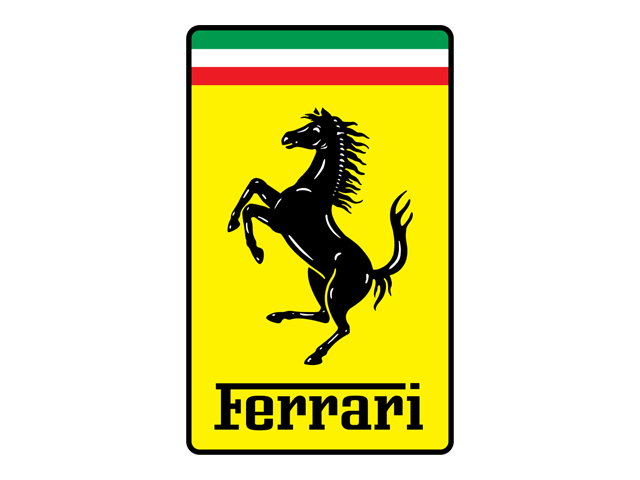1955 Ferrari 555 Supersqualo

The descriptions of the Classic Cars in the Directory were partly generated or supplemented with the help of artificial intelligence (AI). The content may occasionally not always be entirely accurate or factually correct despite careful checking.
The Ferrari 555 Supersqualo 1955 was a significant model in the history of the Italian sports car manufacturer. The Supersqualo was first introduced in 1955 as an evolution of the Ferrari 553 F1, and it featured a number of technical advancements that made it a top-performing race car.
One of the most significant aspects of the Supersqualo was its powerful engine. The car was equipped with a Type 555 2.5-liter V12 engine that was capable of producing up to 260 horsepower. This engine was a significant improvement over the previous Type 553 engine, thanks to its new dual overhead camshaft design, which allowed for increased valve control.
The Ferrari 555 Supersqualo 1955 also featured a lightweight and aerodynamic design, which contributed to its exceptional performance on the track. The car had a sleek, elongated body that was designed for maximum speed and maneuverability. Additionally, the Supersqualo featured a number of cutting-edge features, such as a four-speed gearbox, a De Dion rear suspension, and a sturdy tubular chassis that provided maximum stability and rigidity.
Another key feature of the Ferrari 555 Supersqualo was its advanced braking system. The car featured hydraulic disc brakes that were extremely efficient, allowing the driver to brake in a shorter distance than other vehicles on the track. This feature was particularly important in high-speed racing events, where every second counted.
The Supersqualo also boasted an impressive track record, with numerous racing victories to its name. In 1955, driver Juan Manuel Fangio won the Argentinian Grand Prix in a 555 Supersqualo, while fellow driver Stirling Moss won the British Grand Prix in the same year driving a Supersqualo. In total, the 555 Supersqualo won six Grand Prix races during its brief time on the track.
Overall, the Ferrari 555 Supersqualo 1955 represented a significant advance in the technology of racing cars during the 1950s. Its powerful engine, lightweight design, and advanced features made it a top-performing car on the track, and its impressive track record cemented its place in the history of Ferrari as one of the great racing cars of all time.
Milestones
- Ferrari 555 Supersqualo was designed and developed in 1955 by Ferrari's engineer, Vittorio Jano. - The car marked a significant shift in Ferrari's Grand Prix racing program, with a focus on building lighter and more powerful engines. - The 555 Supersqualo was powered by a 4.4-liter V12 engine capable of producing 260 horsepower. - The car made its debut in the 1955 Monaco Grand Prix, driven by Maurice Trintignant, and finished in third place. - Ferrari 555 Supersqualo went on to compete in numerous Grand Prix events throughout the 1955 season, with drivers including Trintignant, Juan Manuel Fangio, and Mike Hawthorn. - The car's main competitor that year was the Mercedes-Benz W196, which had a more advanced design and proved difficult to beat. - Despite this, the 555 Supersqualo managed to win two races in 1955: the Spanish Grand Prix with Hawthorn driving, and the Belgian Grand Prix with Trintignant behind the wheel. - The 555 Supersqualo was retired from racing at the end of the 1955 season, as Ferrari shifted its focus to a new car, the Ferrari 290 MM. - However, the 555 Supersqualo is still considered one of Ferrari's most iconic racing cars, and is remembered for its speed, power, and distinctive, shark-like design.Technical
- Engine: 4.4-liter Lampredi inline-six - Power output: 280 hp at 7,400 rpm - Torque: 230 lb-ft at 6,100 rpm - Transmission: 4-speed manual - Top speed: 174 mph (280 km/h) - 0-60 mph: 5.5 seconds - Chassis: steel tubular spaceframe - Suspension: independent front and rear suspension with transverse leaf springs - Brakes: hydraulic 4-wheel drum brakes - Steering: worm and sector - Fuel capacity: 100 liters - Weight: 1,081 kg - Dimensions: 4,495 mm (length) x 1,702 mm (width) x 1,100 mm (height) - Bodywork: open-wheel design with aluminum body - Racing career: won 3 rounds of the 1955 Grand Prix season and 24 Hours of Le Mans, finishing 4th overall in the championship.